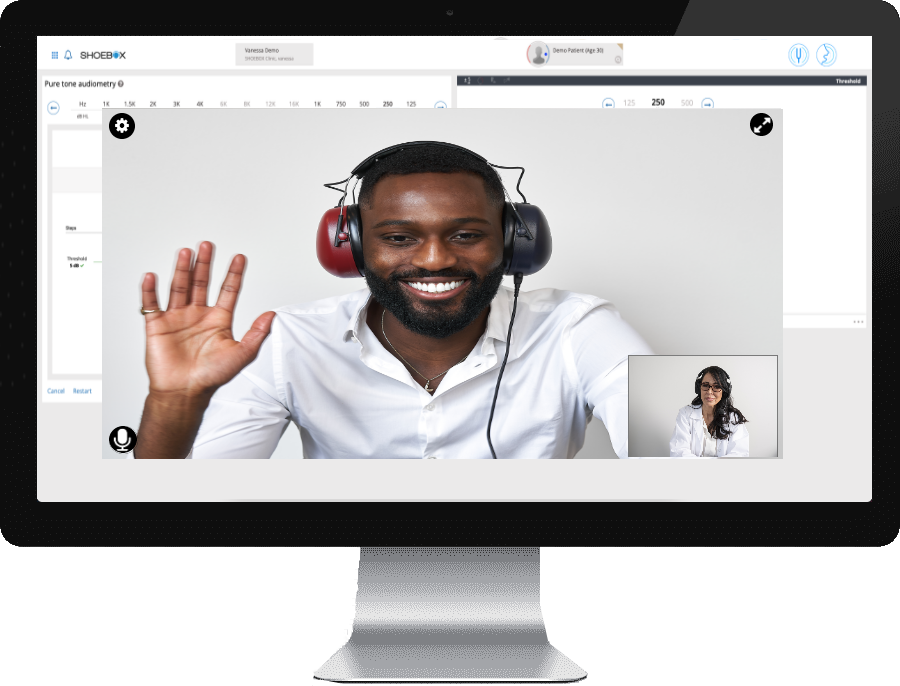Question
We are witnessing a growing trend towards remote health services in audiology. Can you explain how the latest advancements in remote audiometry technologies, such as the SHOEBOX Consult, can integrate smoothly into clinical workflows to enhance patient access and clinical efficiency?
Answer
The incorporation of clinically-forward remote audiometry into audiology practice is a major step forward in our ability to provide prompt, efficient, and easily accessible hearing care, especially in today's digital world. The latest audiometric innovation launched by our teams, SHOEBOX Consult, is a prime example of how such technologies can be customized to meet the present and future requirements of audiology practices and their patients.
SHOEBOX Consult is a digital audiometer that can be used both in-clinic and remotely. It can be operated through a laptop or tablet, which makes it flexible and easy to use in various testing environments. This portability is especially useful for reaching patients who may have difficulties traveling to a clinic, such as those who live in rural areas or living with mobility limitations.
One of SHOEBOX Consult's key features is its ability to conduct hearing tests remotely. This means that a clinician can conduct a hearing test without being physically present with the patient. The patient could be at home, and the clinician could be in the clinic or even at their own home, facilitating hearing tests through an Internet connection. This setup not only adheres to the need for contactless consultations in scenarios like the recent pandemic but also addresses everyday convenience and accessibility.

SHOEBOX Consult comes equipped with advanced features such as a class 2 ANSI-specified microphone, which can monitor ambient noise during remote testing. This component is extremely important as it ensures that the environment where the testing is conducted is suitable for clinically valid and accurate results. By monitoring the ambient noise, the device can verify that the environmental sound levels are within acceptable limits, thus ensuring the accuracy of the hearing test even outside of a traditional sound booth setting.
Integrating a solution like this into clinical practices can enhance operational efficiency by allowing pre-appointment screening. Clinicians can review audiometric results obtained remotely before the patient arrives at the clinic. This pre-screening process allows for better appointment scheduling and time management, ensuring that patients receive the necessary attention during their in-person visits based on the preliminary remote assessment.
The integration of SHOEBOX Consult into clinical workflows is a significant step toward making audiometric care more accessible, efficient, and patient-centered. It is an excellent example of how technology can bridge the gap between traditional clinical settings and the evolving needs of both patients and healthcare providers in the audiology field.

